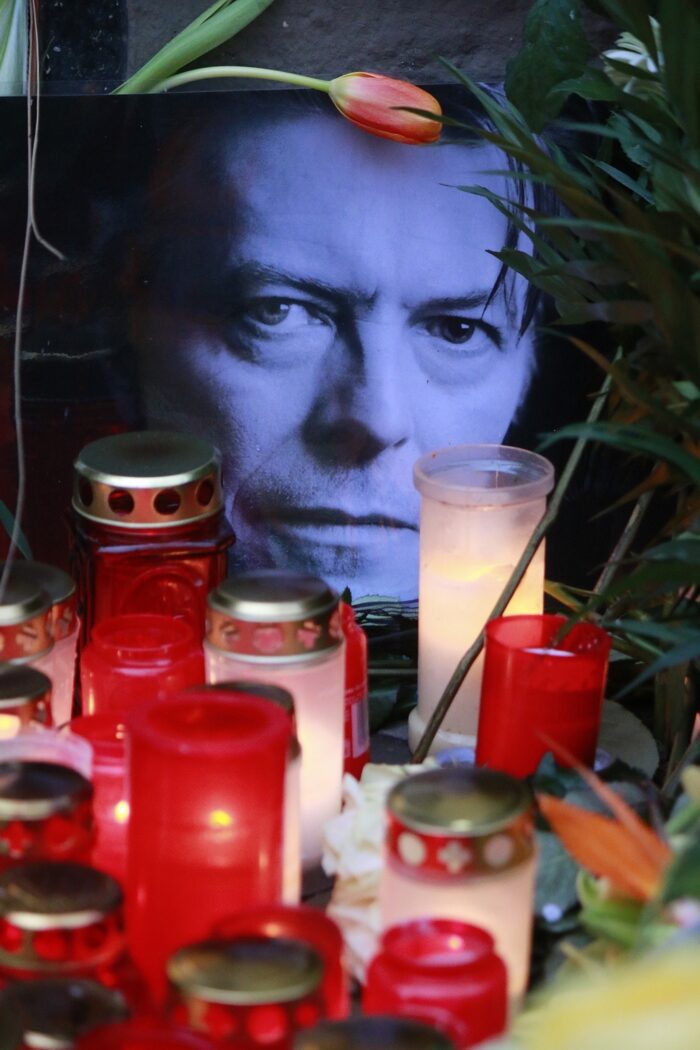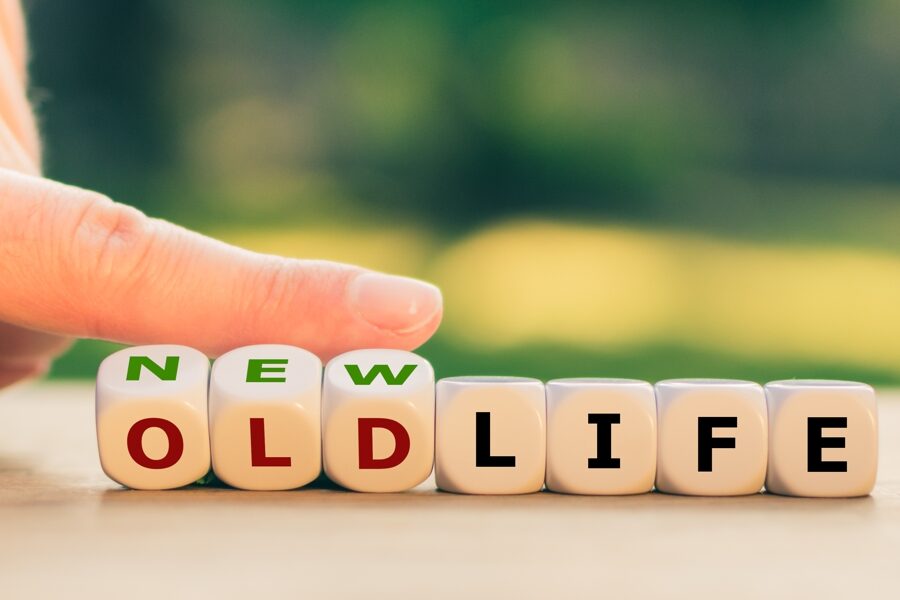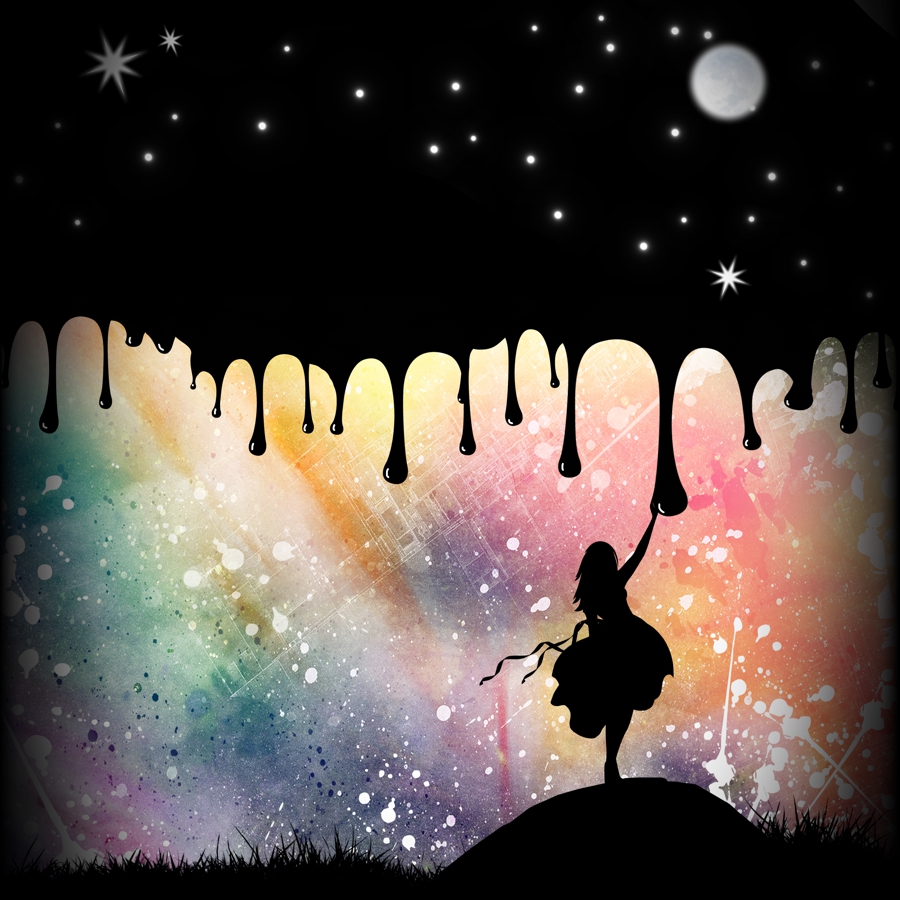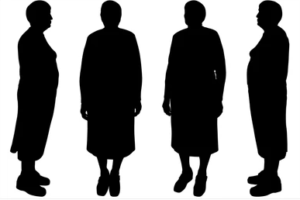
Ahhh… changes… what a tangled web they weave for us. We love them, and we hate them. Some of them, we welcome with open arms. But, for many more, we turn away and can’t bear to face them. And, if we’re already feeling fear or dread about the change, we know in our gut the transition is already underway.
Now, not to take this topic too lightly, but for those of us rock’n’rollers old enough to remember—David Bowie implored us 50 years ago to not turn away when he sang, “Ch-Ch-Ch-Ch-Changes, turn and face the strange…” But, unfortunately, David gave us no clue on how to face them head on… only that we should.
So, let’s take a closer look, here and now, to see if we can reason our way to more solid understanding of change. This will help our emotional footing stay steady when our world begins to shift. I propose we start by looking into the nature of change. Then, once we have a good sense about what change truly is, our second step is to explore what actions we can take that will lead us to the best possible outcome when facing challenging times.
Our goal in this endeavor is not just mental gymnastics. No. We ultimately want to uncover resources and tools to help us be more skillful in approaching these challenges. This will bring about a greater sense of calm to all difficult transitions. Now let’s begin!
Instinctively, we know that life is ever changing… ever strange and ever new. We see it in the cycle of the seasons and our children’s ever-growing shoe sizes. We see it in the reflection in the mirror of our new laugh and worry lines and in the change we hear in our parents’ footsteps.

Some changes we accept as natural. We see them as part of the natural flow of life. These types of changes are embraced, and we speak of them as milestones rather than as hardships.
And yet, even with the changes we look forward to, or at least accept, we know there are others that create a pit in the bottom of our stomach… and when it’s especially challenging, a sense of dread comes over us. Every cell of our body says “No!” We feel rocked… our bearings slip… and we try to block it and cling to what we feel we can’t bear to lose.
The big ones are hard to bear, but easy to see—a change in our relationship with our partner or a change in our own or a loved one’s health condition. However, the smaller ones are out there too—usually tied to our social standing or sense of self-worth. A change in our child’s grades at school or a change in our job status are two that quickly come to mind.
All of these types of changes from large to small impact our sense of security and control over our lives. Even the changes that appear to be superficial on the surface, ultimately, shake us because we fear we will not be recognized or respected in our workplaces or communities. We imagine that we might lose our income, our homes, or our dreams.
Let’s now go a little deeper into the basic elements of change. At first glance, we might think we should explore the differences between changes we welcome and changes we don’t. But I’d like to propose that we go in another direction. Let’s look at what these changes have in common. Then we can create a simple formula that I believe will lead us to the shift we’re seeking.
So, what is a characteristic that our welcome and unwelcome changes share? Well, if you haven’t already guessed it, I offer for your consideration that what they both have in common is loss. No matter whether we’re excited, neutral or dreading what’s changing, we know our current situation will no longer exist as it once did. It will be gone. We’ll have lost an aspect of our former life and shift into something new and unfamiliar.

So, bear with me now as we do a little “life mathematics.” If we can agree that Change = Loss, I would like to go even further and submit that Loss is also a form of Death. Death in the sense that something—a situation, a relationship, a pet or a person—is now gone or in the process of leaving us.
If we can see the truth in the statement that Loss = Death, then if you’ll permit me to take another big step, I also submit that Loss or Death, as we now call it, is also a common denominator of this thing called Life—that is: Life / Death, or written another way, Life ÷ Death. But I submit that this fraction doesn’t tell the whole story of Life. It isn’t complete. We instinctively know that there is more to Life than Death.
So, if we take another step and transform this fraction into an equation, where does that lead us? Some may think that because of our strong attachments to things, ideas and people—especially people—that perhaps our equation should look like this: Life ÷ Death = Fear. But I submit to you that that equation is false.
Consider if you will, that Life is natural, and Change/Loss/Death are also natural phenomena. By that I mean there is nothing artificial or man-made about them. Humans come together and create both beautiful and dangerous situations or conditions. But ultimately, we are only the canvas, paint and brush, while nature, through Life, is the true artist. Nature actually creates the change, even though we’ve set the stage for it to make the next move.
And, although we might be tempted to state that Fear is natural, it actually is not. It’s entirely man-made, based on each person’s unique perspective and interpretation about a given situation. Not everyone facing a challenging change feels fear, even though they too may have strong attachments. Many, including people raised in indigenous and non-Western cultures around the world, accept death, loss and change as part of the natural order of their lives. They may experience sadness, but generally, they do not fear it to the extent that most of us Westerners do.

So, by process of elimination, we can see that Fear is not the answer we’re seeking. We need to find an answer just as natural as Life and Death. I submit that to find this missing critical element we need to look at the other great natural bookend to this thing called Life… and, I’m sure you’ve guessed it already—it’s Birth.
So, now we have a balanced equation: Life ÷ Death = Birth… or to solve it another way: Life = Birth x Death. And, what lies in between those two great bookends? I submit that it’s all kinds of small and large births and deaths (i.e., changes continuously ebbing and flowing, waxing and waning without stopping through the entire course of our lives)… bookends that now lead us to the final equation of our mathematical journey: Life = Change.
We’ve now completed our first step. We see the nature of change, and it is Life itself. So, it’s time now to move into our second step to see what actions we can take in helping us face Life and its inherent changes.
But first, we must go back to something we uncovered earlier… we need to remember that all change is natural, and Life is the ultimate artist in our lives. To act, we must embrace a dynamic role as the artist’s right-hand person, a design assistant or stage director if you will. It is our life after all.

And in our job as Life’s #1 assistant, we should set the stage for our star player. And we do this by using ourselves as the canvas, paints and brushes to design an environment or set of conditions that Life can use to create a transition that’s as calm as possible for us. Even knowing that Life has the ultimate say about when and how the change will happen, we can still map out a vision for what we’d like the end of this play’s act and the start of the next to look like. And Life will create its grand performance on the stage that we set for it.
Understanding your role as a partner with Life will help lessen the intensity of the anxiety, fear or resistance you’re feeling and open up a space where possibility and courage can enter. And the good news is that a coach is here, as a supporting cast member, to help you find which canvas, paints and brushes you want to use for designing your set. You don’t have to walk on the stage to face this change alone.
I invite you to message me with your feedback about this post. Or, if you’d like to learn more about how to create your roadmap to navigate through a challenging change, just click the heart icon in the header or left sidebar or email me at [email protected].









